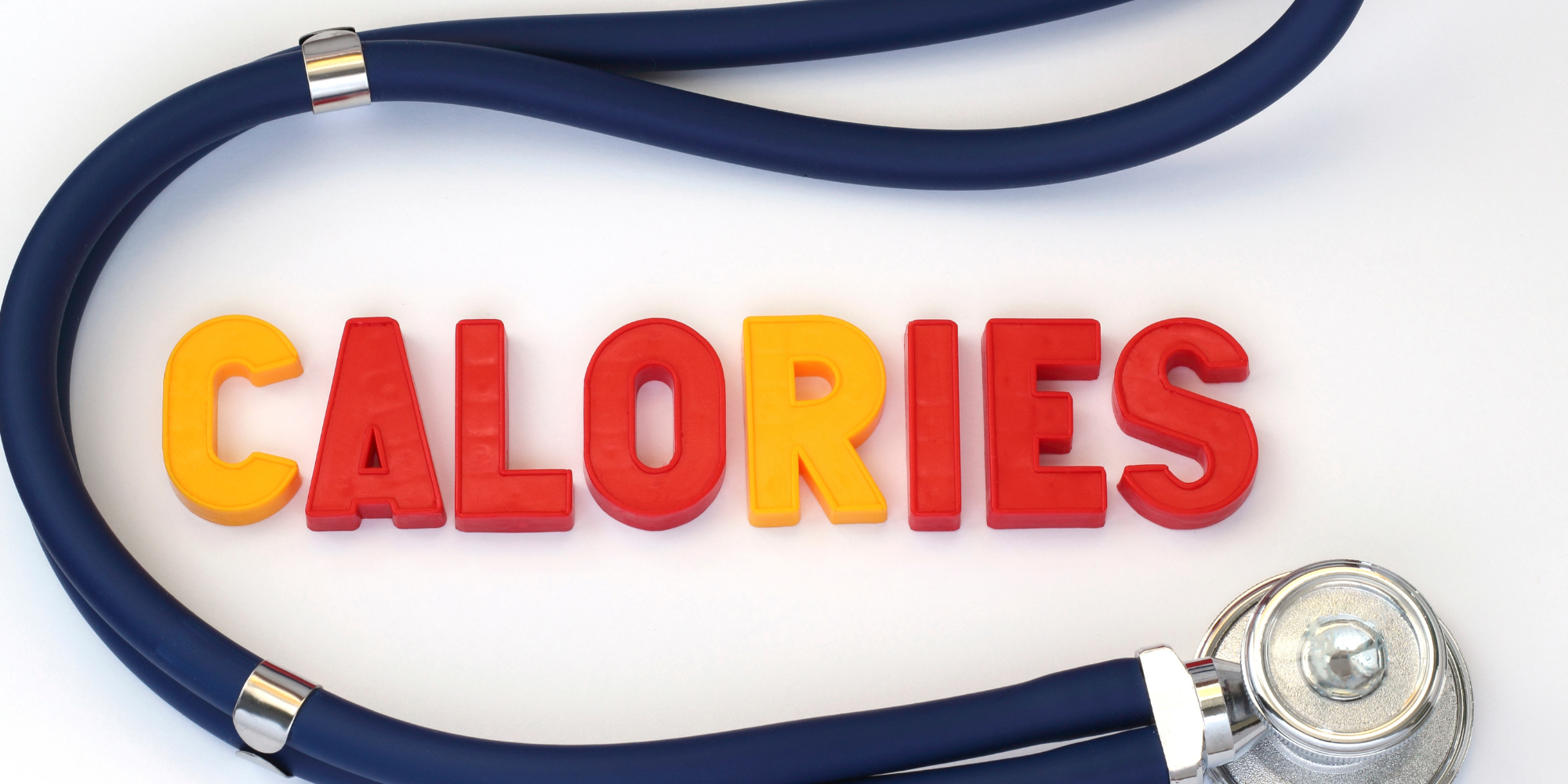Should you count them? Are they all created equal? Which calories are best? Good questions! Let’s take a deeper look at calorie basics. A calorie is a unit of energy we get from everything we eat and drink. Our bodies need this energy for everyday activities which includes everything from your heart simply beating to swimming laps in a pool! The amount of calories a person should consume in a day will depend on a number of factors including age, height, weight, gender, and activity level. But calories can provide a lot more than just energy…
Quality is King
When it comes to calories, quality is very important. The key is to focus on nutrient-dense foods or foods that have not just calories, but a lot of other nutrients as well. Let’s look at soda for example. A cup of regular cola provides about 100 calories but has no protein, fiber, vitamins, minerals, or phytonutrients, it’s just calories. Now let’s look at an apple. A large-sized apple also has about 100 calories but it also offers fiber, vitamins, minerals, phytonutrients, and even a little protein! The fiber helps promote fullness, aids in weight loss, regulates blood sugar levels, and boost digestive function. The vitamins, minerals, and phytonutrients keep our immune system strong and help support numerous metabolic functions. The apple has quality calories since it is nutrient-dense while the soda is just “empty” calories. So when choosing snacks and putting together meals, think past the calories and ask yourself what other nutrients that food provides you.
A Numbers Game
Calories come from carbohydrates, protein, and fat, but not in the same quantity. Carbohydrates and protein provide 4 calories per gram, while fat supplies 9 calories per gram. Fats are much more calorically dense and give you more bang for your buck and therefore are needed in smaller quantities. The amount of calories we eat in a day will determine whether we gain, lose, or maintain our weight. Approximately 3,500 calories equals 1 lb. So, if you were to reduce 250-500 calories each day, you would be on track to losing a half to one pound a week. Conversely, if you ate 250-500 calories in excess each day, you would be on track to gaining a half to one pound a week. While counting calories is tedious, it is helpful to have a general idea of your daily energy needs and intake of calories.
How Active Are You?
Activity levels also have a significant impact on daily calorie needs. If you are sedentary, or inactive, most of the day your calorie needs will be much less compared to someone who is very physically active. You will want to take into account if you work a desk job and sit in front of a computer most of the day or if you work at a job that requires standing, walking, lifting, etc. Workouts consume a large amount of your energy and have a significant impact on caloric intake. Someone who runs 5 miles a day will have much different needs compared to someone who walks for 1 mile a day. Also, calories are not just burned at work or during a workout but also in normal day-to-day tasks such as cleaning your house, gardening, or grocery shopping. Yup, that vacuum is helping you burn calories! Bottom line, the more activity you do means the more calories you need to eat to supply your body with the energy it needs to perform these tasks.
A Healthy Approach to Calories
Calories are vital to health but counting them can be time-consuming and create obsessive habits. A few ways to keep your calorie intake in check and to get the most nutrients for optimal health include:
- Think nutrient dense. When possible, choose whole foods over processed to maximize your intake of vital nutrients.
- Look at nutrition labels and measure out a serving size. It is really easy to eat 2-3 servings if you don’t pay attention or measure your foods.
- Put away distractions when eating: If you are watching TV or scrolling through social media you may be ignoring your fullness cues and are more likely to over-eat. Focus on your meal, enjoy and savor each bite, and stop eating once you are comfortable and satisfied (not stuffed!)
- Building a Balanced Plate - when serving your meal, try and make half your plate fruits and vegetables, a quarter lean protein, and a quarter whole grain. Then add a healthy fat such as a drizzle of olive oil or a few slices of avocado. This general plate visualization is an easy way to create a balanced meal including all macronutrients without counting calories!
- Include fiber - Adding fiber keeps you satiated longer and adds a sustained energy release to your meals. Choose whole fruits, vegetables, whole grains, beans, legumes, nuts, and seeds for increased fiber.
Calories provide us with the energy we need to perform all our daily tasks but understanding how they may affect your body and overall health will help you choose which calories are best. Look at your eating and exercise habits to see if you are aligned to supply yourself with the energy you need and meet your health goals!




